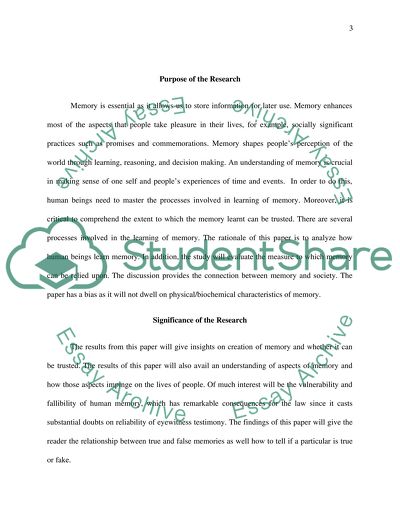Cite this document
(“Memory: How is it created and to what Extent can we Trust it Essay”, n.d.)
Retrieved from https://studentshare.org/psychology/1396245-memory-how-is-it-created-and-to-what-extend-can-we
Retrieved from https://studentshare.org/psychology/1396245-memory-how-is-it-created-and-to-what-extend-can-we
(Memory: How Is It Created and to What Extent Can We Trust It Essay)
https://studentshare.org/psychology/1396245-memory-how-is-it-created-and-to-what-extend-can-we.
https://studentshare.org/psychology/1396245-memory-how-is-it-created-and-to-what-extend-can-we.
“Memory: How Is It Created and to What Extent Can We Trust It Essay”, n.d. https://studentshare.org/psychology/1396245-memory-how-is-it-created-and-to-what-extend-can-we.


